Exhibition on the Archives' history and its evolution since its
foundation 100 years ago. This exhibition offers a behind-the-scenes look into
archival activities, including storage and preservation, registration,
cataloging, and accessibility.
The exhibited items were carefully chosen to represent key events
in the history of the Zionist movement, as they are reflected in the archive's
collections.
Curated by Dr. Yigal Sitry, the Director of the CZA,
and Ayelet Hallel Cohen-Orgad, Head of the Education Department.
Below is a list of selected items from the exhibition:
_________________________________________________________________________
Charter of the Bilu Association,
handwritten in French, initially composed in Russian
by the Bilu members who were active in Constantinople. The Bilu (Beit
Yaakov Lekhu VeNelkha), founded in Kharkiv (Russia), aimed to purchase land
and settle in Palestine. 1882. [A192\754]
_________________________________________________________________________
Mimeographed copy of the "Zionist
Program".
The proposed document, written in German, also
called the "Basel Program", is the founding document of the Zionist
movement and was distributed to the delegates at the First Zionist Congress.
August 30, 1897. [DD1\1]
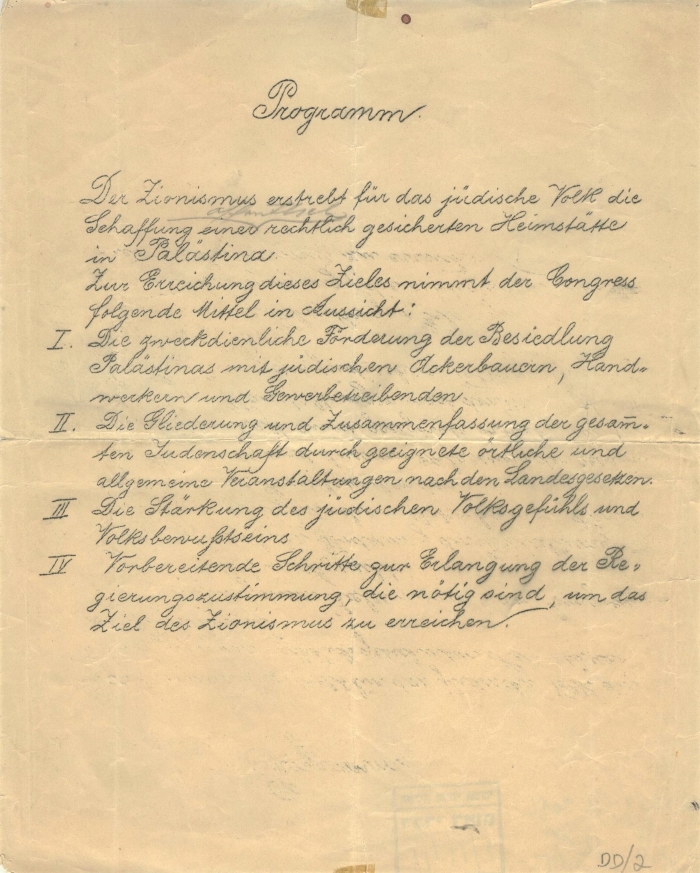
_________________________________________________________________________
Students of the painting department at Bezalel,
under the guidance of Abel Pann (first from the right). Photographer: Yaakov
Ben-Dov. Jerusalem, 1912 [GNYBD\400994]
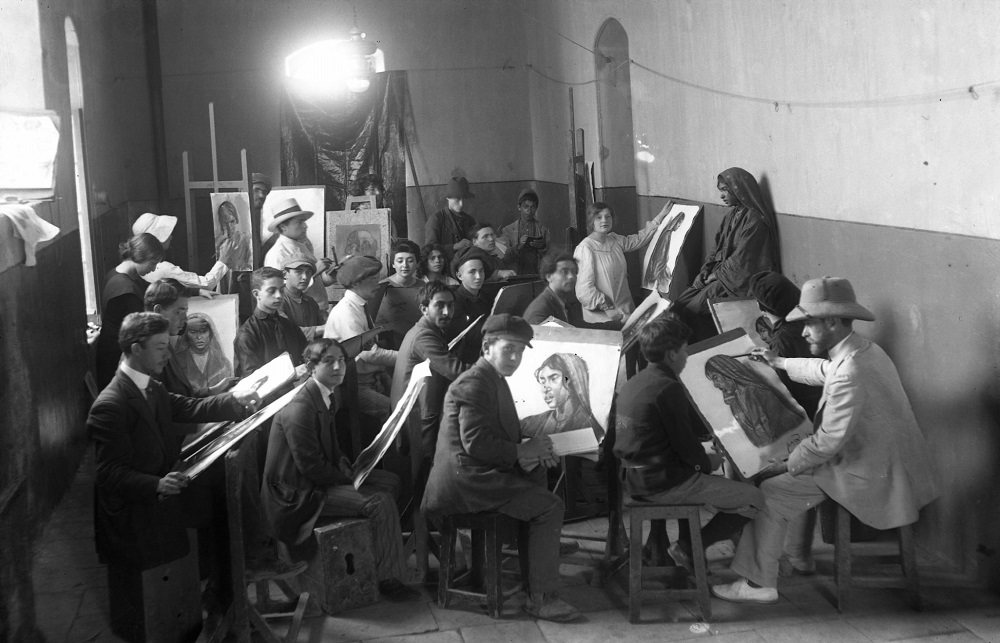
_________________________________________________________________________
Notebook belonging to two commanders of the
Zion Mule Corps in World War I,
Lt. Col. John Peterson and Joseph Trumpeldor,
contain various notes and lists of soldiers in the battalion. The Zion Mule
Corps was the first Jewish military organization in modern Jewish history. 1915.
[A42\5]
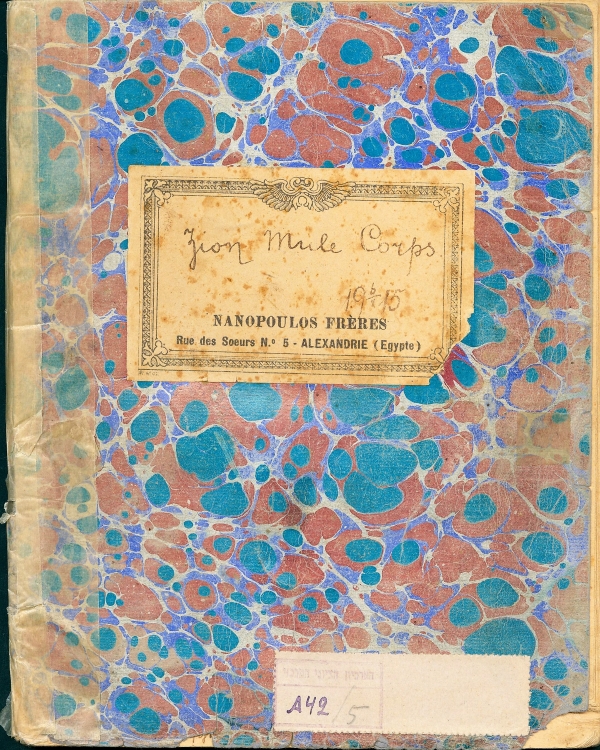
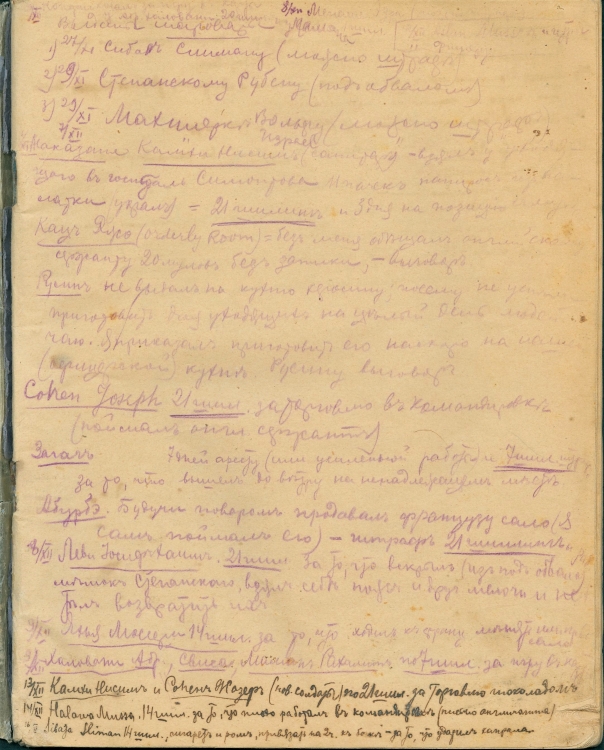
_________________________________________________________________________
Letter from the French Foreign Ministry in support of Jewish settlement in Palestine.
Jules Cambon, general secretary of the French Foreign Ministry, expresses the French government's official support for Jewish settlement in Palestine in a letter to Nahum Sokolow, half a year before the Balfour Declaration. The letter is often referred to as "the French Balfour Declaration". June 4, 1917. [A18\24]
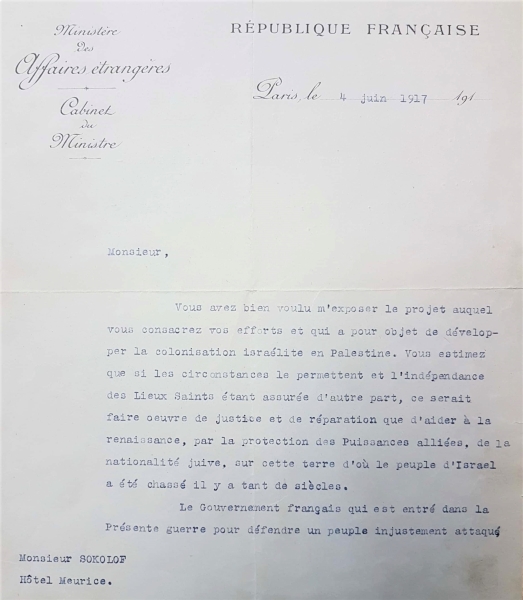
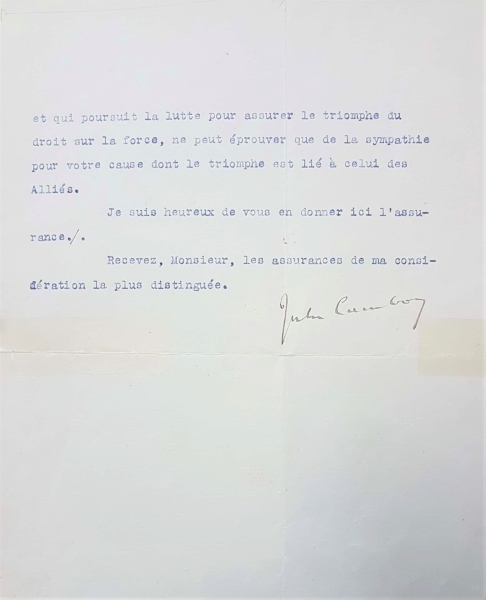
_________________________________________________________________________
Page from the register of names of immigrants
to Palestine aboard the ship Ruslan,
Whose voyage marked the start of the third
Aliyah wave. Over 650 passengers traveled aboard the Ruslan, many became
significant figures in the Yishuv.
December 1919. [S6\5501]

_________________________________________________________________________
The distribution of milk was part of the activities of the
"Tipat Chalav"
(drop of milk) stations established by the Hebrew
Women's Organization and the Hadassah organization in 1922. Jerusalem in the 1920s. [PHG\1030526]
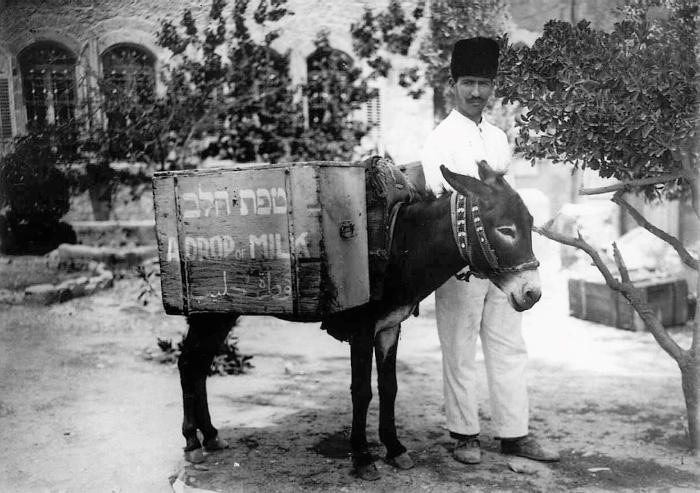
_________________________________________________________________________
Letter by Rabbi Kook concerning the 1929 riots.
Transcript of an urgent telegram, written by
Chief Rabbi Abraham Isaac HaCohen Kook, containing a dramatic appeal to Jewish
world leaders to help the Yishuv in Palestine in light of the 1929 riots. The
petition is in the rabbi's handwriting and signed by him. August 27, 1929. [A136\244]
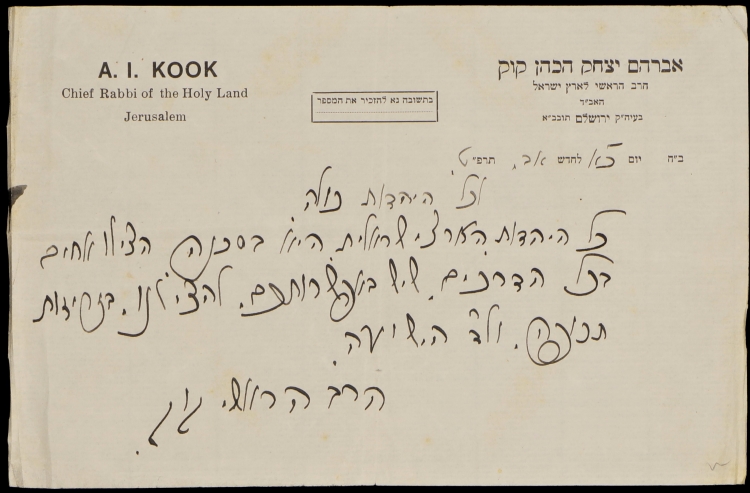
_________________________________________________________________________
Page from a notebook belonging to Avraham Stern
(Yair)
with the handwritten poem "Hayyalim
Almonim" (Unknown Soldiers). The poem became the anthem of the Irgun
Ha-Zeva'I Ha-Le'umi (the Etzel). After Stern broke with the Etzel
and created the Irgun Lohamei Herut Israel (the Lehi) in 1940, the song
became Lehi's anthem. 1932. [A549\64]
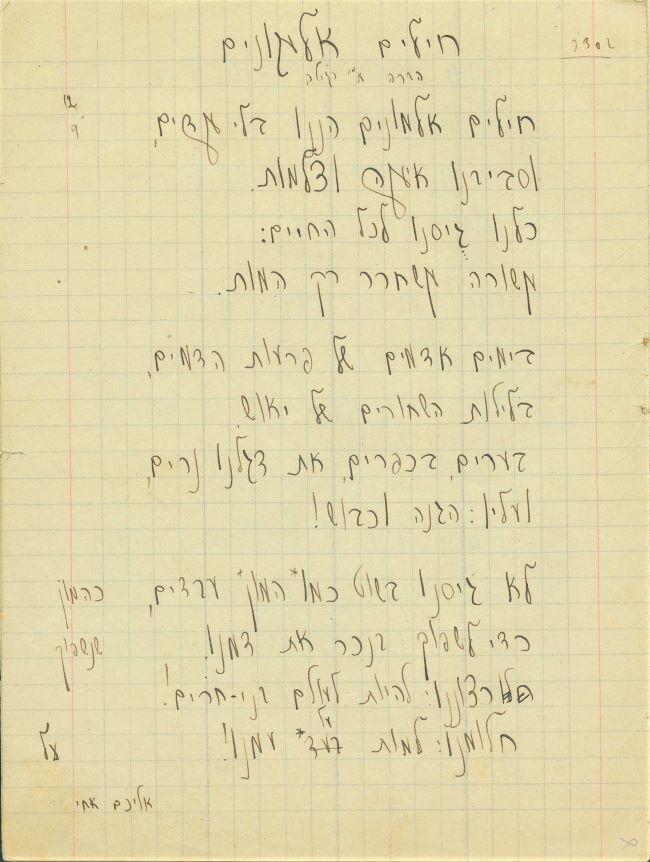
_________________________________________________________________________
Poster on behalf of 'Hashomer Hatzair' (Young guard) announcing the first national conference commemorating 25 years since the
establishment of the movement. 1938. [KRA\1095]

_________________________________________________________________________
Arrival of "Yaldei Teheran" (Teheran Children) at the Rehovot railway station.
861 children, mostly orphans who escaped from eastern Poland, and after a long sojourn in Teheran, arrived in Palestine. February 18, 1943. [PHHB\1000001]
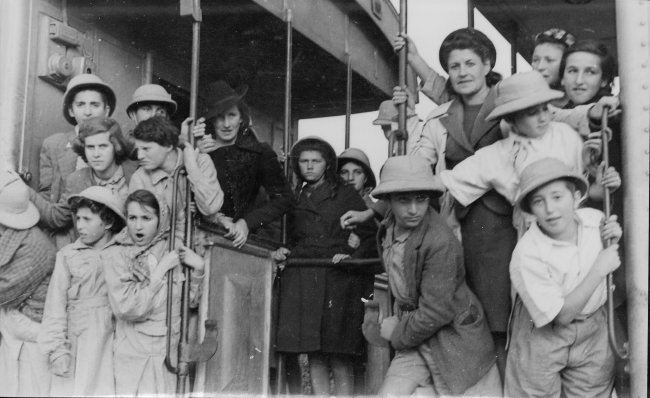
_________________________________________________________________________
Map presenting the Jewish Agency proposal for
the two-state partition plan of Palestine. The scheme was presented informally
to the Anglo-American Committee of Inquiry (November 1945- March 1946). The map
illustrates the consolidation of the Zionist perception of the future borders
of the Jewish state. 1946. [S25\7162]

_________________________________________________________________________
Eli (Alleq) Abeba, a student from one of the two Ethiopian student groups, which were educated in the 1950s in
"Kfar Batya", with the aim of returning to, and strengthening, the
Jewish communities in Ethiopia. 1955. [PHG\1016474]
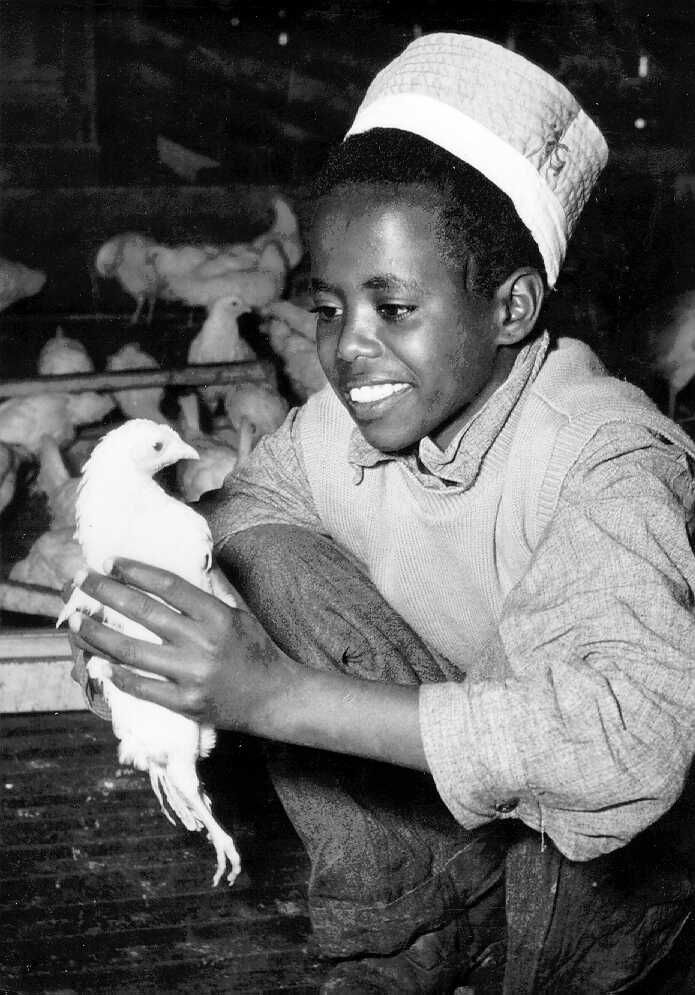
_________________________________________________________________________
Baruch Duvdevani and Yaacoub Hassan, disguised
as villagers in a studio photography.
Duvdeva
ni, the director of the Jewish Agency's
Aliyah Department, and Hassan, the Aliyah emissary to Morocco, were suspected
of using forged French passports, and were thus forced to flee from Morocco,
without any identifying documents. October 1956. [S6\7278]
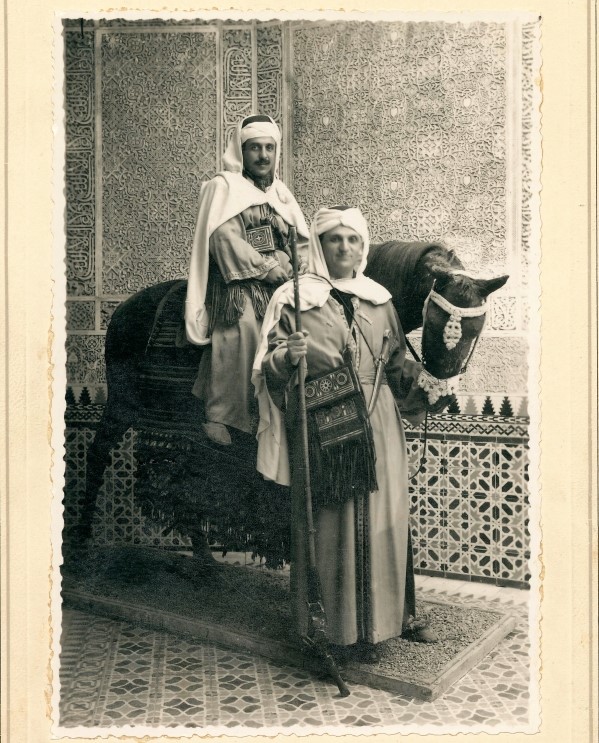
_________________________________________________________________________
The building of the "National Water
Carrier".
Photographed by Hanan Sadeh, documenting the
installation of water pipes in the Menashe Tunnel, south of Ein Hashofet as
part of the National Water Carrier. Built between 1953 and 1964, it enabled the
regular provision of water from the sources of the Jordan River in the north to
the southern Negev. ca. 1960. [NCHS\493924]
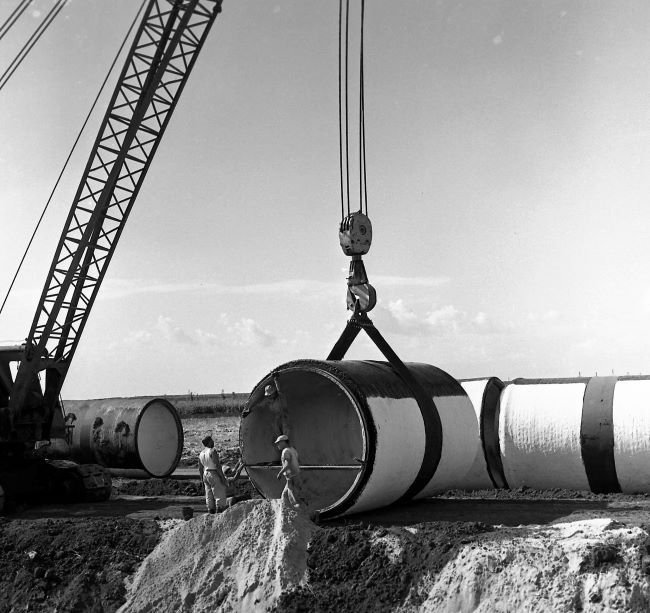
_________________________________________________________________________
ATA Textile Company was established by the
Moller family in 1934 and symbolized Israeli lifestyle. In the 1960s, the
photographer Anna Riwkin-Brick documented the production process in the
factory. March 1962. [PHR\1162279]
_________________________________________________________________________